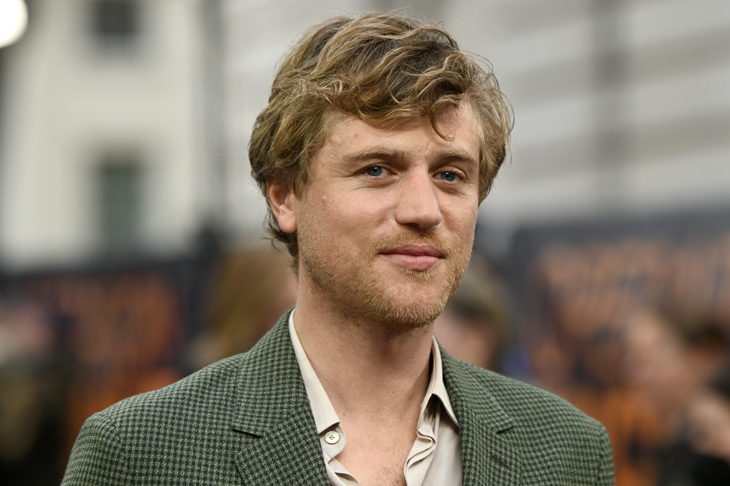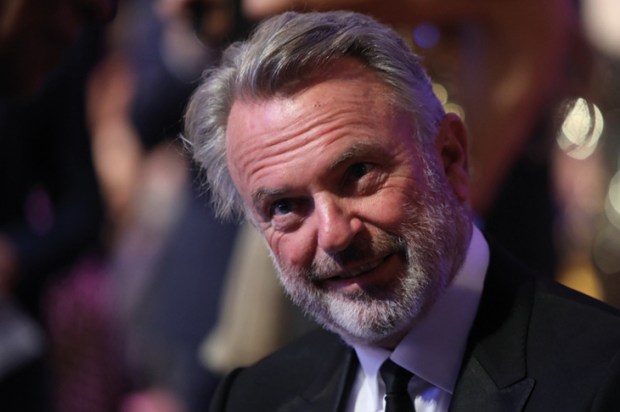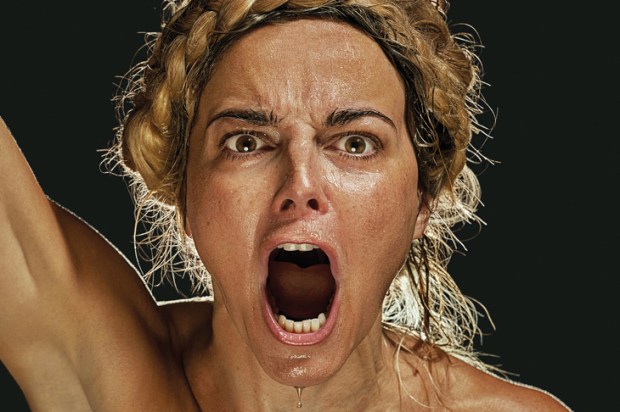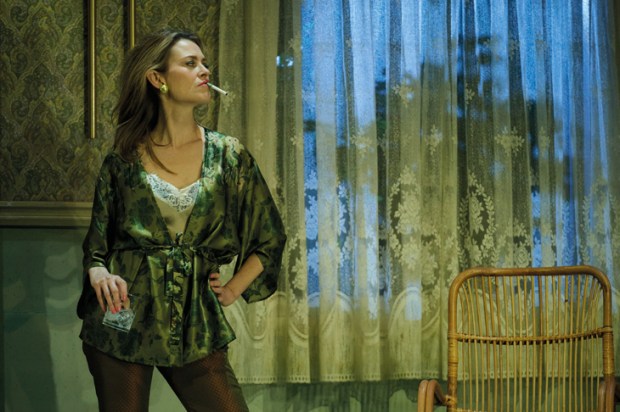It sounds irresistible, doesn’t it? A National Theatre Live version of a play by Jack Thorne (the magician who conjured up Harry Potter and the Cursed Child and that re-animation of A Christmas Carol) about the 1964 Broadway production of Hamlet starring Richard Burton with Sir John Gielgud directing. The Motive and the Cue has Johnny Flynn in a brown wig discernibly imitating the lustrous Burton voice with its Welsh underlay and its burnished metallic precision and Mark Gatiss as the languid old eagle, balding and forever bitching, who was more or less universally accepted – by everyone who didn’t...
Already a subscriber? Log in
Subscribe for just $2 a week
Try a month of The Spectator Australia absolutely free and without commitment. Not only that but – if you choose to continue – you’ll pay just $2 a week for your first year.
- Unlimited access to spectator.com.au and app
- The weekly edition on the Spectator Australia app
- Spectator podcasts and newsletters
- Full access to spectator.co.uk
Unlock this article
You might disagree with half of it, but you’ll enjoy reading all of it. Try your first month for free, then just $2 a week for the remainder of your first year.














Comments
Don't miss out
Join the conversation with other Spectator Australia readers. Subscribe to leave a comment.
SUBSCRIBEAlready a subscriber? Log in